Why Sea Otters are a Keystone Species: The Vital Role They Play
The world's oceans are home to countless remarkable creatures, but few can claim to be as crucial to their ecosystems as the charismatic sea otter. More than just adorable marine mammals, sea otters hold a vital role as keystone species, playing a significant part in maintaining the health and balance of their coastal habitats. Let’s explore why sea otters are a keystone species and the far-reaching effects their presence has on the marine environment.

Why Are Sea Otters a Keystone Species?
Controlling Sea Urchin Populations
Sea otters are considered a keystone species because their presence has a profound impact on the structure and functioning of the ecosystem they inhabit. They help maintain a delicate balance by controlling the population of sea urchins, which are voracious grazers of kelp forests. By preying on sea urchins, sea otters prevent them from decimating kelp populations, which helps to ensure the survival of these vital marine forests.
Kelp Forests: A Crucial Habitat
Kelp forests are underwater ecosystems that provide a plethora of benefits. They serve as nurseries and habitats for numerous marine species, offering shelter, food, and protection from predators. Sea otters' appetite for sea urchins helps control their population, which prevents overgrazing on kelp, which, in turn, allows kelp forests to flourish, providing a stable ecosystem for a diverse array of marine life.

Biodiversity and Species Interactions
Sea otters' influence extends beyond kelp forests. By promoting healthy kelp ecosystems, they indirectly support a wide range of species. Kelp forests provide a rich feeding ground for fish, such as salmon, herring, and rockfish, attracting them in significant numbers. In turn, these fish species become food sources for larger predators like sharks, seals, and sea lions. Sea otters act as a linchpin, driving a complex web of species interactions and ensuring the biodiversity of the entire ecosystem.
Carbon Sequestration and Climate Regulation
The significance of sea otters reaches even further, as they contribute to mitigating climate change. Kelp forests are excellent carbon sinks, absorbing and storing substantial amounts of carbon dioxide from the atmosphere. By protecting kelp forests through their influence on sea urchin populations, sea otters indirectly support carbon sequestration. This role becomes increasingly critical as we face the challenges of climate change and the need for natural solutions to reduce greenhouse gas emissions.

Controlling Crab Populations
In addition to controlling sea urchin populations, sea otters also eat crabs. Crabs are known for their ability to disturb and damage delicate marine ecosystems, such as seagrass beds and coral reefs. By preying on crabs, sea otters help control their populations, preventing overgrazing and habitat destruction. This allows important habitats like seagrass beds to flourish, providing shelter and nurseries for various marine species. Moreover, when crabs are abundant, they can disrupt the balance of the ecosystem by outcompeting other organisms for resources. Sea otters, as top predators, help restore that balance by regulating crab populations, allowing other species to thrive and maintain a healthy diversity.
Conservation and Restoration Efforts
Sea otters have faced significant threats over the years, including being hunted for their fur and habitat degradation. While their population has started to recover in some areas, they're still listed as an endangered species.
Understanding the vital role of sea otters as keystone species has led to significant conservation and restoration efforts. Throughout their range, initiatives are underway to protect and reintroduce sea otters to areas where they have become locally extinct. These efforts not only aim to safeguard the species but also recognize the broader ecological benefits that come with their presence. By supporting these conservation endeavors, we can help ensure the continued health and resilience of our coastal ecosystems.
Sea otters are a keystone species because they play an important part in shaping the balance and functioning of entire coastal ecosystems. By appreciating and protecting these remarkable creatures, we can contribute to the preservation of healthy oceans for generations to come. Find out more about sea otters in our post 10 Sea Otter Fun Facts and visit our California Sea Otter Collection to check out our hand-drawn sea otter design!

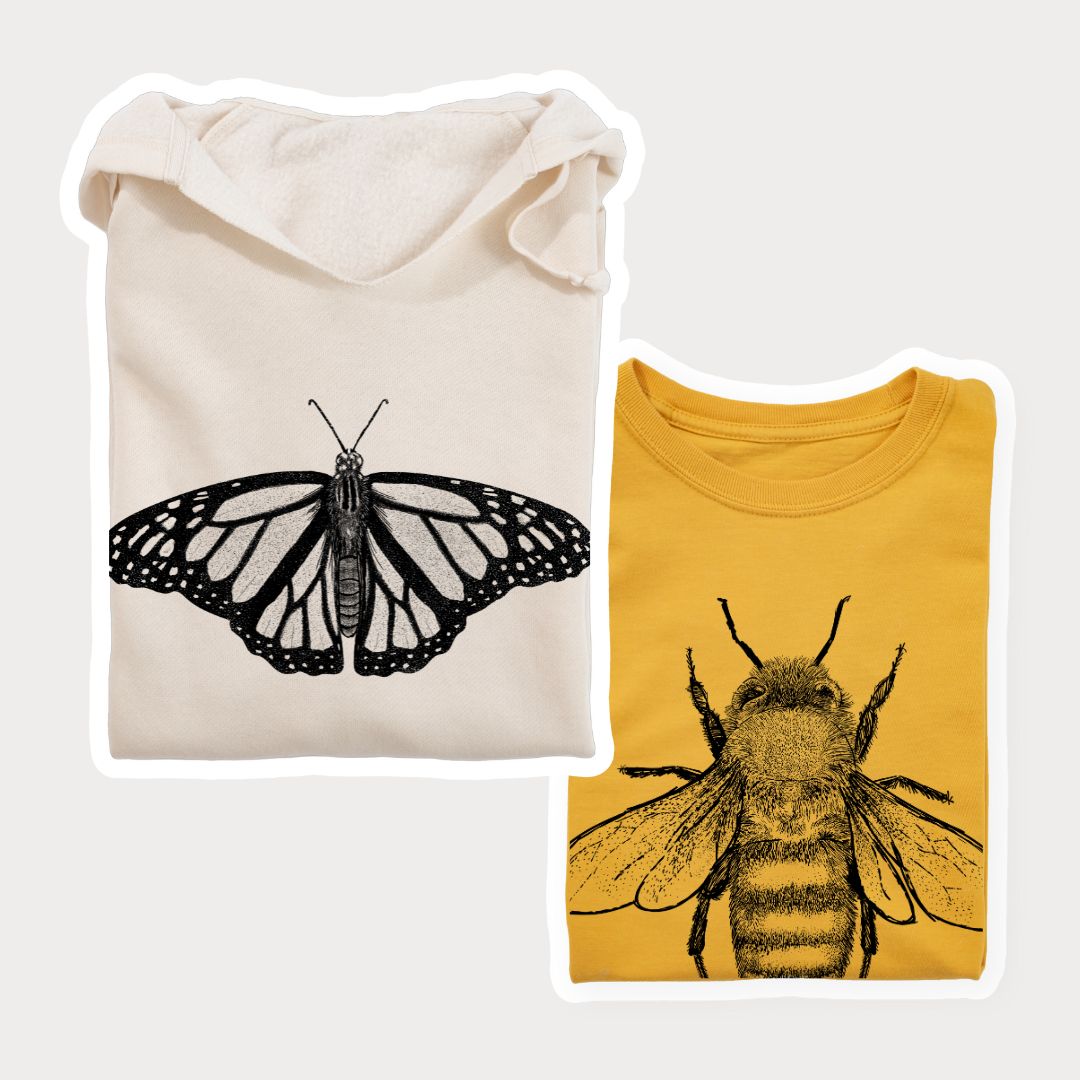



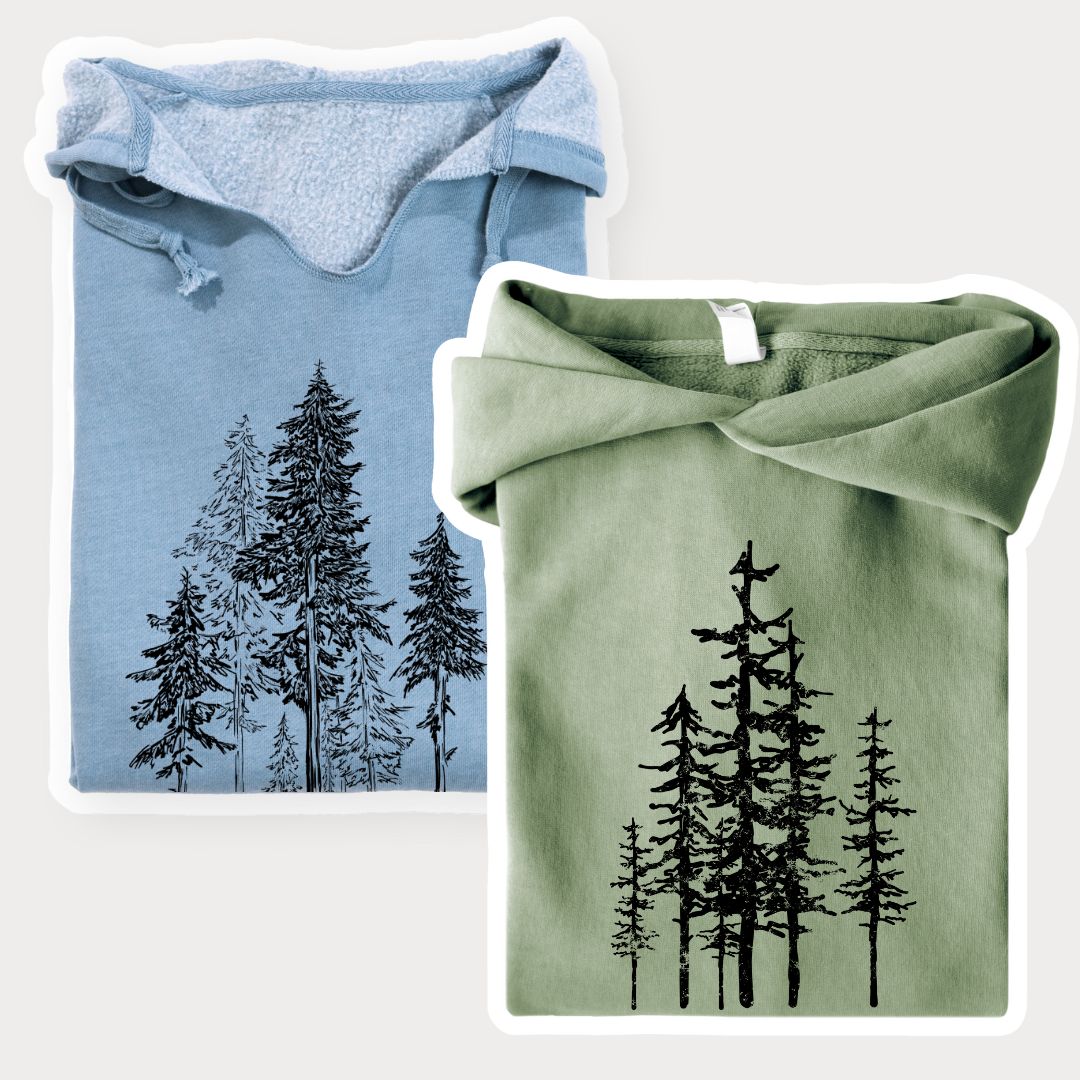
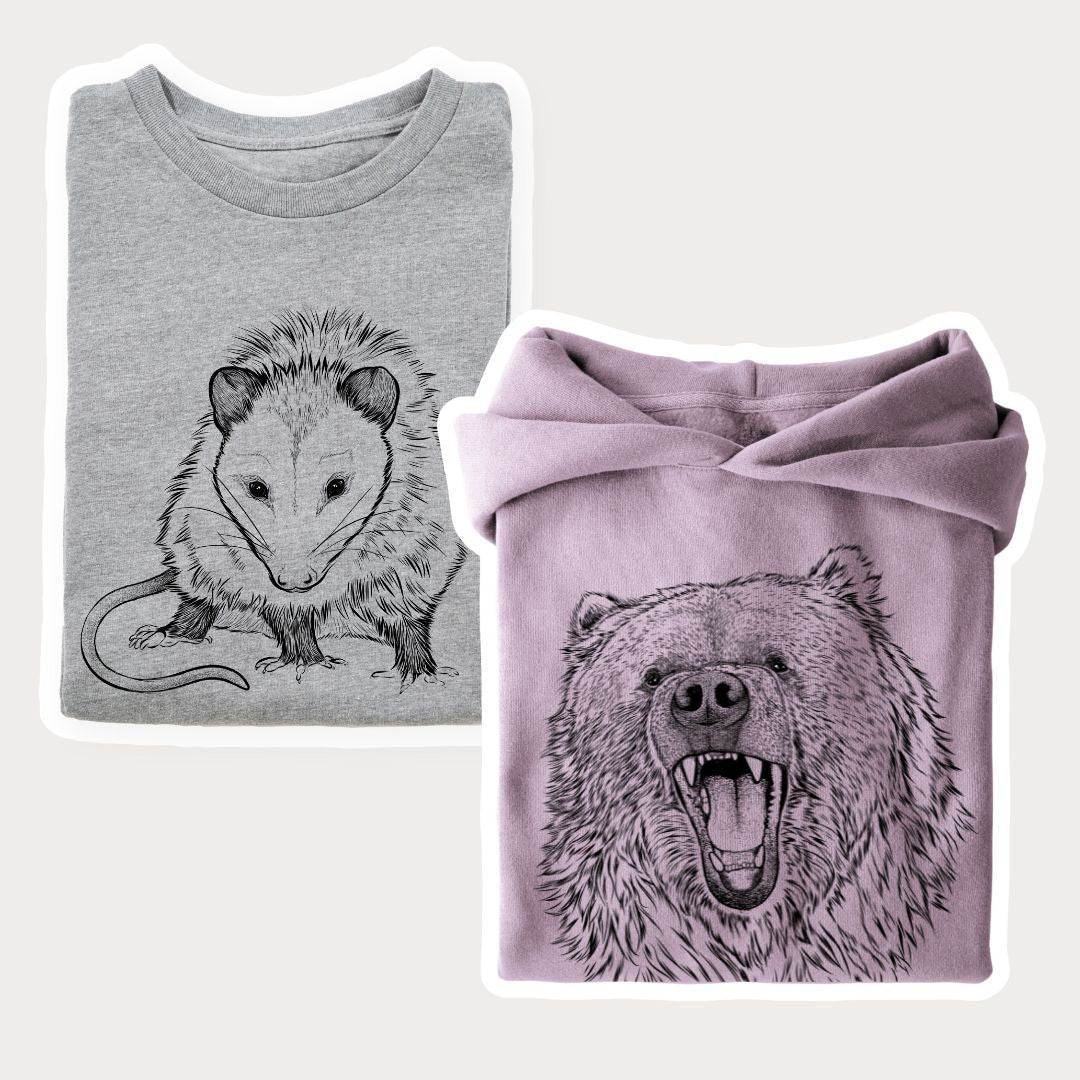




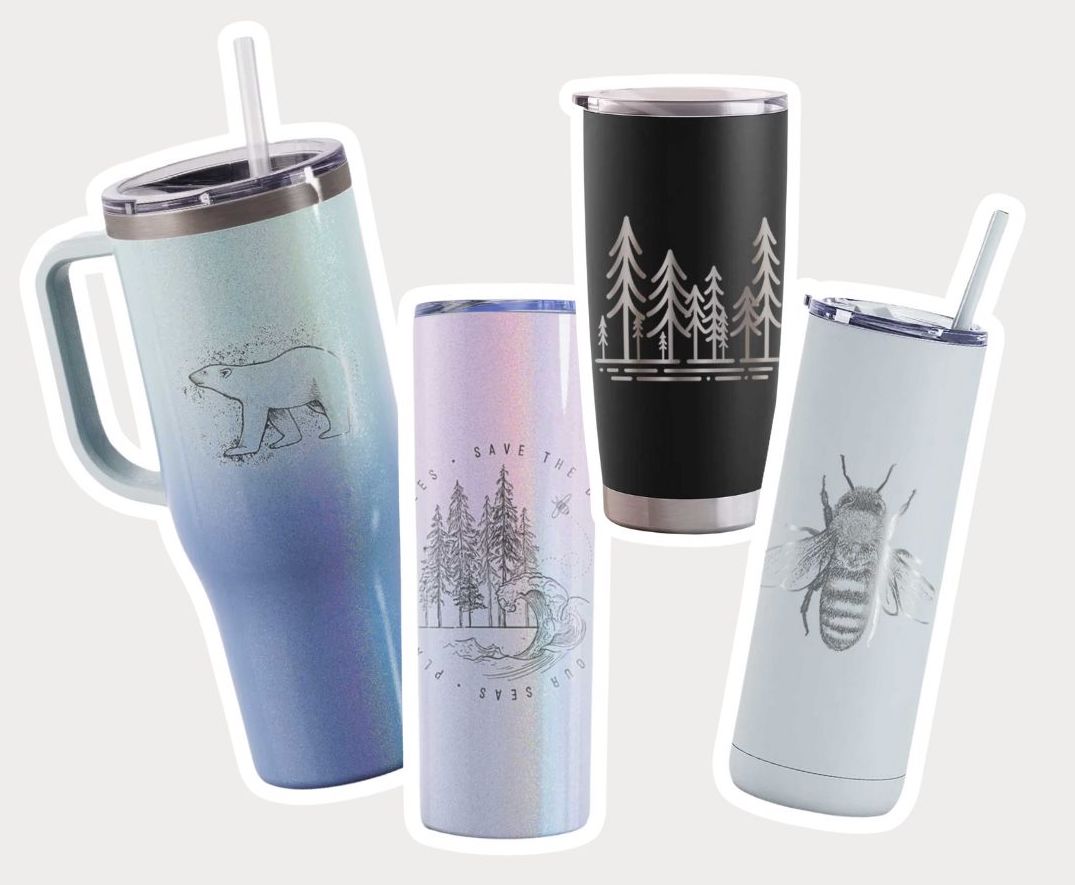



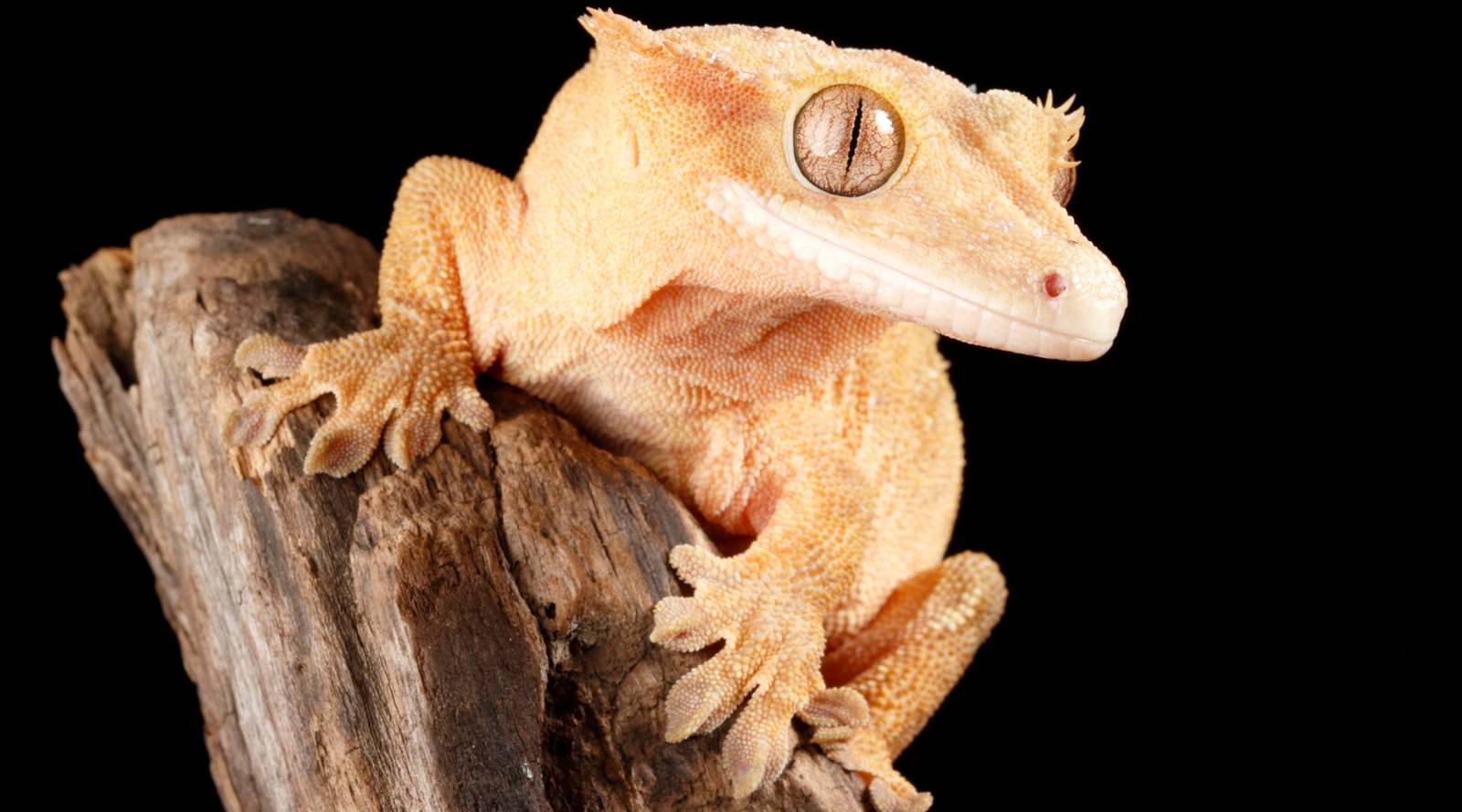
Leave a comment (all fields required)